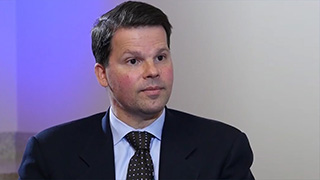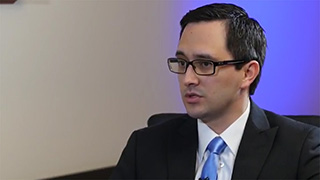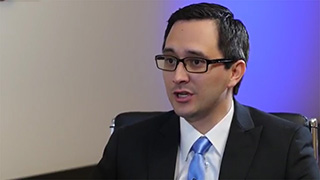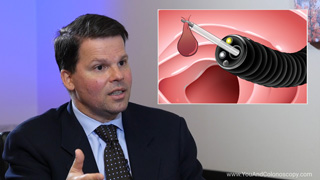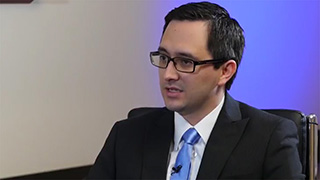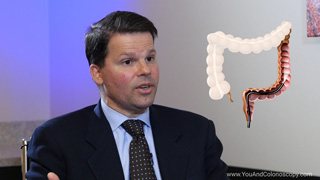In this video, Dr. Gelrud and Dr. Echavarria explain that polyps are abnormal growths that can develop in the tissue lining of the colon. Polyps are usually not cancerous, but they can change into cancer over time, and that is why they need to be removed. Polyps found during a colonoscopy are commonly removed by doing a procedure called a polypectomy. Special tools are passed through the scope, allowing the doctor to cut out a polyp and remove it safely. Polyps can be removed using several techniques. A biopsy is a technique that literally bites the polyp mass out and is used on very small polyps. A snare polypectomy is another technique where the polyp is surrounded by a thin wire loop (called a snare) and then an electric current in the wire burns off the polyp from the colon wall. The polyp is then collected for biopsy tissue sample. Some patients worry that a polypectomy may be painful, but Dr. Gelrud and Dr. Echavarria explain that polyps and the colon lining contain no nerves, so you won’t feel pain during removal.
-
Share with family and friends:
Click here to take our SURVEY
Your feedback is important to us! We will use your feedback to develop future areas of content about colonoscopy which will help other patients, caregivers and families.


